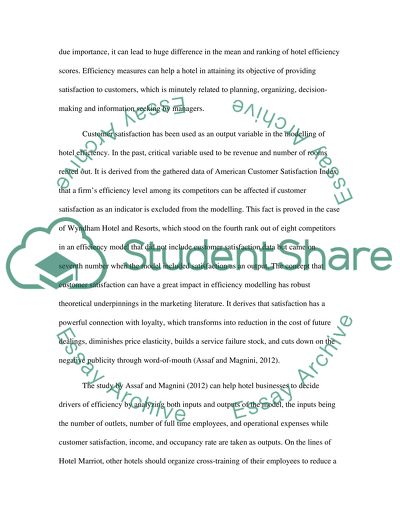Cite this document
(“Marketing - Service Marketing Essay Example | Topics and Well Written Essays - 3000 words”, n.d.)
Marketing - Service Marketing Essay Example | Topics and Well Written Essays - 3000 words. Retrieved from https://studentshare.org/marketing/1448067-service-marketing-a-report-analysing-each-diary
Marketing - Service Marketing Essay Example | Topics and Well Written Essays - 3000 words. Retrieved from https://studentshare.org/marketing/1448067-service-marketing-a-report-analysing-each-diary
(Marketing - Service Marketing Essay Example | Topics and Well Written Essays - 3000 Words)
Marketing - Service Marketing Essay Example | Topics and Well Written Essays - 3000 Words. https://studentshare.org/marketing/1448067-service-marketing-a-report-analysing-each-diary.
Marketing - Service Marketing Essay Example | Topics and Well Written Essays - 3000 Words. https://studentshare.org/marketing/1448067-service-marketing-a-report-analysing-each-diary.
“Marketing - Service Marketing Essay Example | Topics and Well Written Essays - 3000 Words”, n.d. https://studentshare.org/marketing/1448067-service-marketing-a-report-analysing-each-diary.


